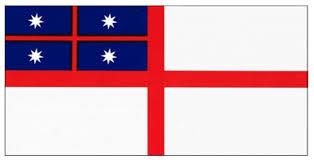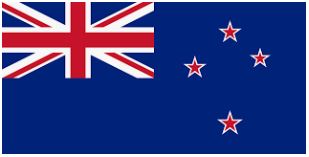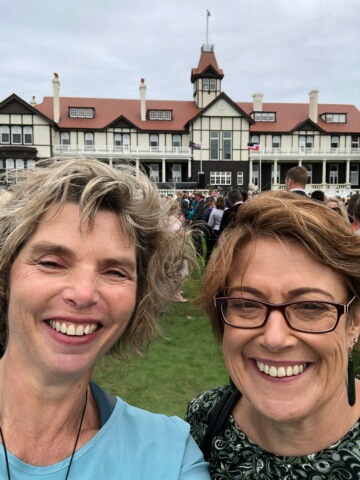Te Tiriti o Waitangi – The Treaty of Waitangi
Te Tiriti o Waitangi - The Treaty of Waitangi was first signed on 6 February 1840 at Waitangi in the Bay of Islands. The agreement was signed at this time by two parties: representatives acting on behalf of the British Crown and a group of about 45 Māori chiefs, and certain promises were made to each other. The three principles that govern the Treaty are: partnership, protection and participation.
Over the course of the next seven months, copies of the Treaty were toured around the country to give other chiefs the opportunity to sign. This was a prelude to the official proclamation of British sovereignty over the islands of New Zealand, on 21 May 1840 – well before some of those chiefs had signed the document.
Waitangi Day first became a nationwide public holiday in 1974, initially under the name 'New Zealand Day'. Instead of the Union Flag, the now familiar Flag of New Zealand was flown at Waitangi for the first time, alongside the flag of the United Tribes of New Zealand. While there are always formal commemorations at Waitangi itself, the official government commemorations are not always there, and communities all around the country commemorate in quite diverse ways.


Left: United Tribes of New Zealand flag | Right: New Zealand flag
Why we commemorate Waitangi Day
The Treaty of Waitangi is the founding document of New Zealand. It established British governance in our nation, and promises were made to the Māori people in exchange.
Had all those promises been kept, New Zealand would now be in quite a different position, however history details wave after wave of breaches of the terms of the Treaty by the Crown that have had a devastating impact on their Treaty partner. This is why for some, Waitangi Day is seen as an occasion for the expression of dissatisfaction, rather than one of celebration, and why there is often political tension as people with differing viewpoints have their say.
For all that, Waitangi Day is the only holiday we have that recognises and celebrates our identity as a nation, and those celebrations and commemorations take many forms.
Health equity and the College
Health inequities in New Zealand based on race are well-documented. As an example, in the latest update from the Health Quality Safety Commission to the gout domain of the Commission’s Atlas of Healthcare Variation, Māori and Pacific peoples continue to be less likely to receive best-practice treatment such as allopurinol despite being more affected by gout.1
The Royal New Zealand College of General Practitioners (the College) has a long-standing commitment to achieving Māori health equity and the principles of Te Tiriti o Waitangi. Health equity is currently one of the College’s four strategic pillars.
The College’s Māori Strategy He Ihu Waka, He Ihu Whenua, He Ihu Tangata is underpinned by three principles: Te Tiriti o Waitangi, Health Equity, and Rangatiratanga. The Vision for the Māori Strategy is “He mana hauora taurite mō ngāi Māori – Achieving health equity for Māori”.
The Māori Health and Equity Team leads the work across the College to activate health equity, focusing both internally and externally on:
- Increasing the pipeline of Māori doctors entering the General Practice Education Programme (GPEP) and progressing through to Fellowship of the College
- Enhancing the clinical and cultural competence of the GP workforce through internal recruitment of Māori, developing tools to enhance cultural competency and offering support to practices
- Providing leadership and advocacy for health equity in the primary health sector
The full He Ihu Waka, He Ihu Whenua, He Ihu Tangata strategy is linked in the sidebar.
Acknowledging Waitangi Day
College members and staff around the country will of course have acknowledged Waitangi Day in their own ways in their own families and communities. As an organisation we can take stock to reflect on the unique role we have in the primary health care sector and review our plans  and activities to ensure that they are still tracking.
and activities to ensure that they are still tracking.
Two of the College’s board members - President Dr Sam Murton and Dr Sue Crengle - attended the Governor-General’s Waitangi Day Garden Reception at Government House (pictured to the right).
In addition to this there will be other activities in the month of February including a planned staff visit to He Tohu, at the National Library, so we can see and learn more about the Declaration of Independence (1835), the Treaty of Waitangi (1840) and the Women’s Suffrage Petition (1893).
1https://www.hqsc.govt.nz/our-programmes/health-quality-evaluation/news-and-events/news/3518/ accessed 01-02-2019